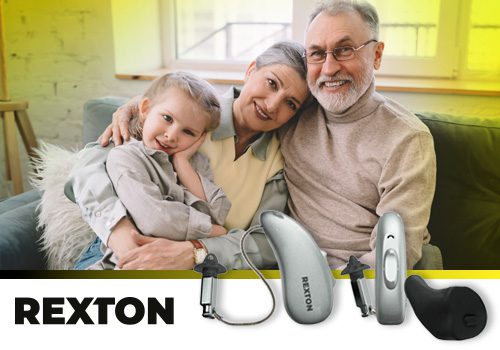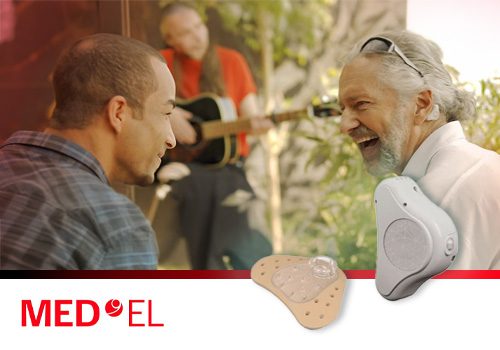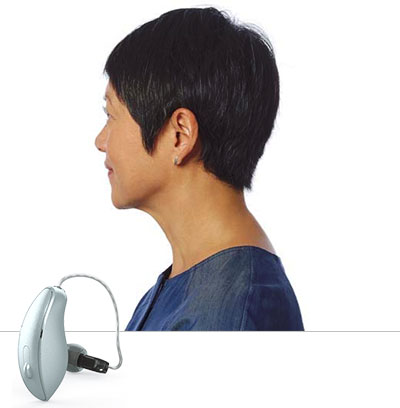Κέντρα ακοής Αττικής akouson
Κορυφαία Ακουστικά Βαρηκοΐας για όσα αξίζει ν’ ακούτε!
Αντιμετωπίστε τη βαρηκοΐα αποτελεσματικά με ακουστικά βαρηκοΐας με:
- Σύγχρονη τεχνολογία AI
- Φυσικό Ήχο
- Αξιοπιστία και Ανθεκτικότητα σε κάθε συνθήκη
Καθαρότερες Συζητήσεις
Ευκολότερη Επικοινωνία
Εύκολα, Απλά, Διακριτικά
Προσφορές Μαρτίου
Μάρτιος – Μήνας Ακοής (ισχύουν για όλο τον μήνα)
Αποσύρετε το παλιό σας ακουστικό και κερδίστε -30% για 1 νέο, υπερσύγχρονο ακουστικό βαρηκοΐας, εξατομικευμένο για εσάς, τις ανάγκες και τον τρόπο ζωής σας!
Aν η βαρηκοΐα σας απαιτεί εφαρμογή 2 ακουστικών, τότε αυτή η προσφορά είναι για εσάς!!! Αγοράστε το 1ο ακουστικό σας και αποκτήστε το 2ο με 50% έκπτωση!
Η εξειδικευμένη ομάδα των κέντρων ακοής akouson, σε Αθήνα, Πειραιά, Γλυφάδα, Περιστέρι, Κορυδαλλό, και πολλά άλλα σημεία σε Αττική και υπόλοιπη Ελλάδα, είναι στη διάθεσή σας για να σας παρέχει προσωπική φροντίδα και εξατομικευμένες λύσεις.
Είτε ενδιαφέρεστε για τα πιο σύγχρονα, αόρατα ακουστικά βαρηκοΐας, είτε αναζητάτε την τέλεια εφαρμογή σε ακουστικά βαρηκοΐας, μπορούμε να σας βοηθήσουμε.
- Εξειδικευμένο Προσωπικό
- Μεγάλο Εύρος στις Τιμές Ακουστικών Βαρηκοΐας και
- Οργανωμένο Τμήμα Service
Είμαστε οι σύμμαχοι για καλύτερη επικοινωνία…για όσα αξίζει ν’ ακούτε!
Συχνές Ερωτήσεις & Απαντήσεις
Τα ακουστικά βαρηκοΐας είναι συσκευές που ενισχύουν τους ήχους, βάσει εξατομικευμένων αναγκών, βοηθώντας άτομα με απώλεια ακοής να ακούν καλύτερα.
Η τιμή των ακουστικών βαρηκοΐας ξεκινά από 900€ και μπορεί να φτάσει έως 3700€, ανά ακουστικό, ανάλογα με τη μάρκα, τα χαρακτηριστικά και την τεχνολογία που ανταποκρίνεται στις ανάγκες σας.
Ναι, η παροχή του ΕΟΠΥΥ είναι 450€ ανα 4ετη, υπό συγκεκριμένες προϋποθέσεις.
Δειτε όλες τις πληροφορίες στη σελίδα επιδότησης ακουστικών ΕΟΠΥΥ.
Εξαρτάται από τον βαθμό απώλειας ακοής κι άν έχετε πρόβλημα και στα δύο αυτιά. Συνήθως χρειάζονται δύο ακουστικά για καλύτερη ισορροπία ήχου.
Ναι, απαιτείται συνταγή από ειδικό ΩΡΛ για την αγορά και την κάλυψη από τον ΕΟΠΥΥ.
Συνήθως 2-4 εβδομάδες, αλλά εξαρτάται από τη χρήση και την προσαρμογή του χρήστη.
Καθαρίζονται καθημερινά με στεγνό πανί και ειδικά προϊόντα. Φυλάσσονται σε ξηρό μέρος και συντηρούνται τακτικά από ειδικό.
Χρειάζεται να διαθέτει ρύθμιση έντασης, μείωση θορύβου, συνδεσιμότητα Bluetooth (αν χρειάζεται) και άλλες πρόσθετες λειτουργίες ανάλογα με τη χρήση και τις ανάγκες του χρήστη. Ανακαλύψτε τα χαρακτηριστικά σε όλες τις σειρές ακουστικών βαρηκοΐας Starkey και Rexton.
Υπάρχουν πολύ μικρά και διακριτικά μοντέλα που φοριούνται μέσα στο αυτί ή πίσω από αυτό, σχεδόν αόρατα.
Ναι, υπάρχουν μοντέλα με επαναφορτιζόμενες μπαταρίες τα οποία φορτίζουν με φορτιστές ακουστικών και προσφέρουν ευκολία και εξοικονόμηση κόστους.
Τα ακουστικά βαρηκοΐας δεν έχουν ημερομηνία λήξης αλλά η διάρκειά χρήσης του εξαρτάται κυρίως από τη σωστή χρήση, την ορθή συντήρηση και τον τακτικό καθαρισμό τους. Οφείλουμε να τονίσουμε όμως, πως τα ασφαλιστικά ταμεία παρέχουν δυνατότητα οικονομικής συμμετοχής για αντικατάσταση ή ανανέωση, κάθε 4 χρόνια.
Υπάρχουν 4 συνήθης λόγοι:
- Αλλαγή δεδομένων ακοής
- Βλάβη παλαιού ακουστικού
- Είσοδος νέων τεχνολογιών και ωφέλεια αυτών με νέα ακουστικά
- Αλλαγή τρόπου ζωής και καθημερινότητας με αποτέλεσμα άλλες ανάγκες από τα ακουστικά βαρηκοΐας
Ναι, υπάρχουν ειδικά σχεδιασμένα ακουστικά βαρηκοΐας για παιδιά, που καλύπτουν τις ανάγκες της ακοής και της ανάπτυξής τους.
.
ΣΩΜΑΤΙΚΗ ΥΓΕΙΑ
Πιο δραστήρια ζωή & μεγαλύτερη συμμετοχή - όχι απομόνωση.
.
ΨΥΧΙΚΗ ΥΓΕΙΑ
Λιγότερο κοινωνικό άγχος, μεγαλύτερη νοητική διαύγεια.
.
ΣΧΕΣΕΙΣ
Καλύτερη σύνδεση & επικοινωνία - χωρίς φωνές ή παρεξηγήσεις.
.
ΚΑΘΗΜΕΡΙΝΗ ΖΩΗ
Ευκολότερες συνεννοήσεις. Ασφαλέστερες μετακινήσεις. Μεγαλύτερη ανεξαρτησία.
Τύποι Ακουστικών Βοηθημάτων
-
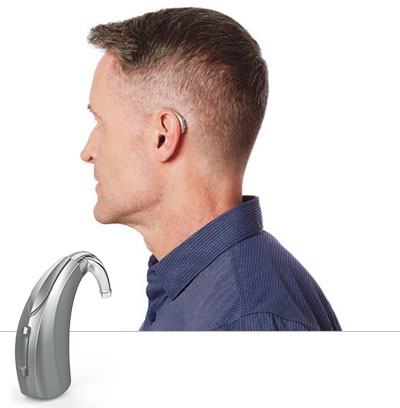
Οπισθωτιαία (BTE - Behind-The-Ear)
Ο πιο συνηθισμένος τύπος ακουστικού παγκοσμίως. Ποικιλία χρωμάτων.
-

Αόρατα (IIC – Invisible In the Canal)
Τοποθετούνται βαθιά στο ακουστικό κανάλι, όπου δεν μπορεί να τα δει κανείς.
-
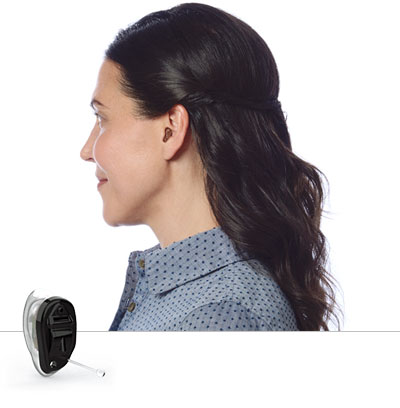
Ενδοκαναλικά (CIC – Completely In Canal)
Μόνο μία λεπτή διάφανη γραμμή εξέχει απ’ το ακουστικό κανάλι, για εύκολη εφαρμογή & αφαίρεση.
-
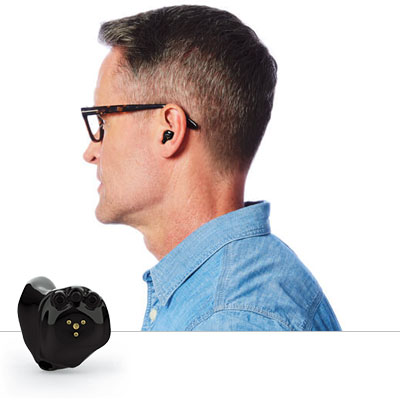
Καναλικά (IΤC – In the Canal)
Κατασκευάζεται εξ’ολοκλήρου στο καλούπι σας.Μικρό μέρος του εμφανίζεται στο εξωτερικό κανάλι (Σαν τα bluetooth ακουστικά)
-
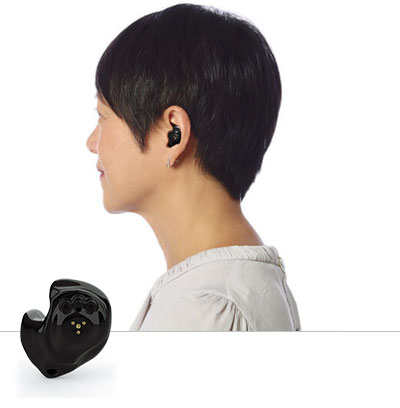
Ενδωτιαία (ITE – In The Ear)
Κατασκευάζεται στα μέτρα σας. Εφαρμόζει απόλυτα στο εξωτερικό μέρος του αυτιού σας.
3 Βήματα Για Καλύτερη Επικοινωνία
Κλείστε
Το Δωρεάν Ραντεβού Σας
Με έναν εξειδικευμένο ακοοπροθετιστή της akouson. Σε ένα από τα 10 Κέντρα Ακοής μας ή στο σπίτι, σε ολόκληρη την Αττική.
Τηλεφωνήστε μας στο 2111054444 ή συμπληρώστε τη φόρμα
Πραγματοποιήστε
Το Δωρεάν Ραντεβού Σας
Μόνοι σας ή με την/τον συνοδό σας. Αξιολογούμε την ακοή σας, λύνουμε τις απορίες σας και βρίσκουμε μαζί τι ταιριάζει σε εσάς, την αισθητική, τον προϋπολογισμό και τον τρόπο ζωής σας.
Δεν απαιτείται αγορά σε αυτό το στάδιο. Αντιθέτως, μπορείτε να δοκιμάσετε τα ακουστικά για 15 ημέρες Δωρεάν!
Προχωρήστε
στη σωστή απόφαση για εσάς
Η αγορά ενός ακουστικού βοηθήματος είναι μία απόφαση που θέλει σκέψη. Πάρτε τον χρόνο σας, με απόλυτη σιγουριά ότι δεν θα σας πιέσει κανείς ούτε θα σας “παγιδέψει” ν’ αγοράσετε.
Δεν χρησιμοποιούμε τακτικές που βλάπτουν τη σχέση μας με τους ανθρώπους που μας εμπιστεύονται.


